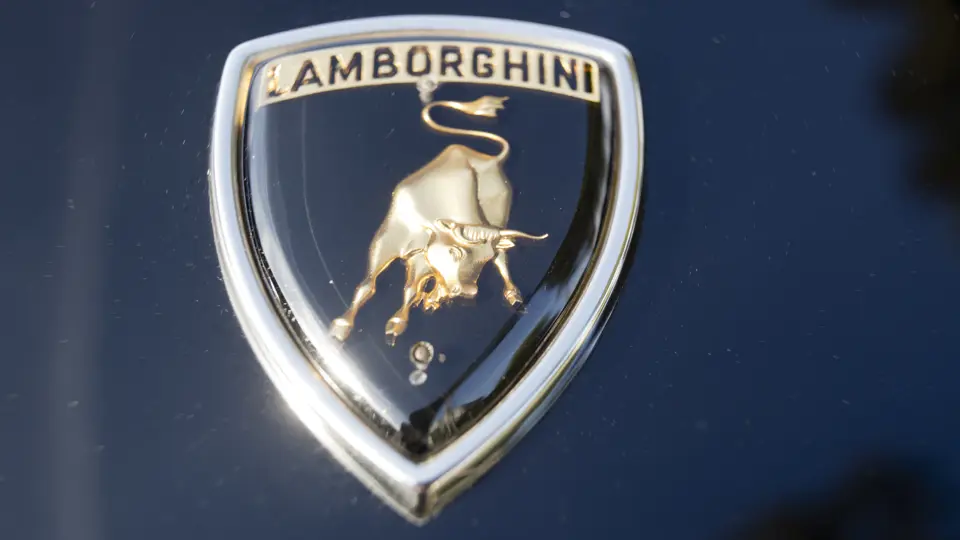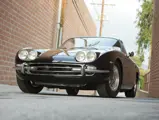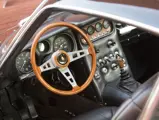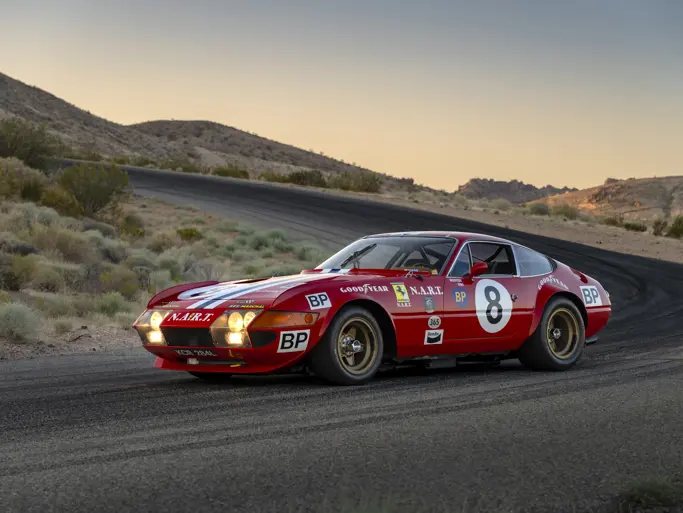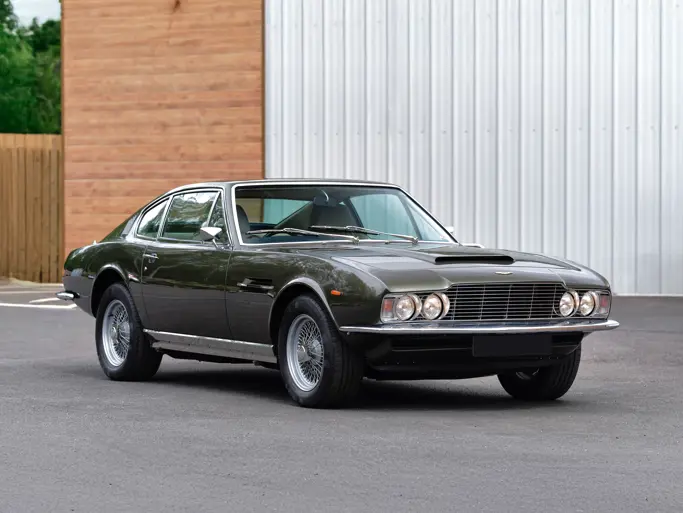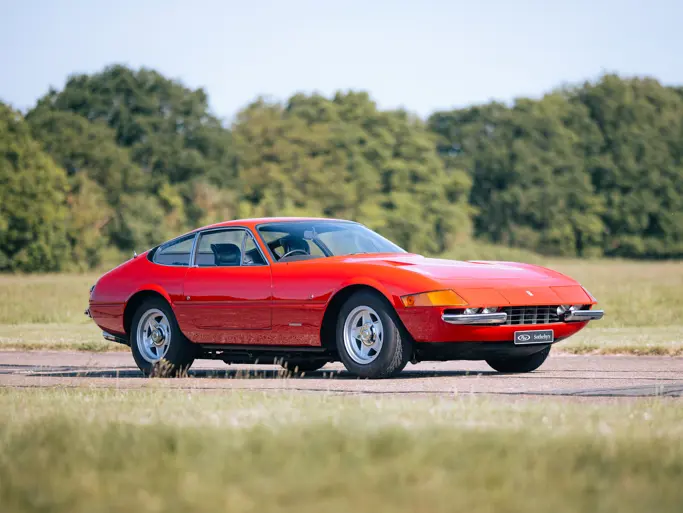320 hp, 3,929 cc 60 degree DOHC V-12 engine, five-speed all-synchromesh gearbox, independent front and rear suspension with unequal-length wishbones, coil springs and anti-roll bars, and four-wheel Girling disc brakes with servo assist. Wheelbase: 100.4 in.
• Only 247 examples produced from 1966–1968
• Elegant black-on-black color combination
• Recently detailed and mechanically sorted
Ferrucio Lamborghini was a hugely successful tractor and air conditioning manufacturer who decided to produce his own GT car in the early-1960s, one that reflected his personal tastes. Having made a fortune, he certainly had the resources to do this. His first prototype of the 350GTV was shown at Turin in November 1963, though it was not ready for production when unveiled. Its chassis was by Neri & Bonacini, and its Scaglione-styled body was by Sargiotto, but it was given a lukewarm reception by the press. It was not the first pretender to Ferrari’s supercar crown to come from Italy, the media said, nor would it be the last. Lamborghini was determined to make a success of his new venture. With the engineering well-advanced, he passed the styling on to Carrozzeria Touring of Milan for refinement.
Wearing its new coachwork, the new Lamborghini was well-received at Geneva in March 1964. Despite the short development period, Touring fabricated a sensational aluminum-alloy superleggera body, while production was also contracted out to Marazzi. The body style was certainly different from those of Ferrari and Maserati: its lines were sensuous, and the entire package was undeniably distinctive. The car earned rave reviews for its V-12 performance and excellent handling, courtesy of Bizzarrini. Top speed for the new model was in excess of 150 mph.
Two years later, the car evolved into the 400GT 2+2, with the addition of vestigial rear seating and subtle styling alterations on the same 100.4-inch wheelbase. Though the style of the 350GT was preserved, virtually every panel had been revised, and it was given four headlights to differentiate it from its predecessor. The floor pan was lowered, and the roof was raised 2.6-inches; additional interior room was made possible by reversing the upper and lower rear control arms in the front to the rear arrangement. An additional windshield wiper was added, and the body was produced in steel, rather than aluminum, to streamline production. A single 23-gallon fuel tank replaced dual 10.5-gallon tanks on the previous model. The V-12 was enlarged from 3.5- to 4.0-liters, and horsepower was increased from 280 to 320. Suspension was all-around double wishbones with four-wheel disc brakes, along with a Lamborghini-built five-speed gearbox designed by Chief Engineer Gian Paolo Dallara, replacing the earlier ZF-derived gearbox. Just 247 were produced between 1966 and 1968.
According to the Lamborghini Registry, chassis number 1252 was the 216th example produced, and it bears the Touring production number of 23966. Today, it is being offered from an important collection that acquired the 400GT in 2009. Prior to that, it was owned by a local business owner in Carmel, California since the late-1970s. After coming into the current ownership, 1252 was sent to Eric Sanders at Auto Gallery in Los Angeles to be mechanically revived and refreshed. It was then fully detailed and returned to the collection, where it has been driven sparingly since. Attractively finished in black with matching black leather interior, this 400GT shows minor signs of aging, but it remains a very attractive example of Lamborghini’s 2+2 tourer.
Titled as a 1969.

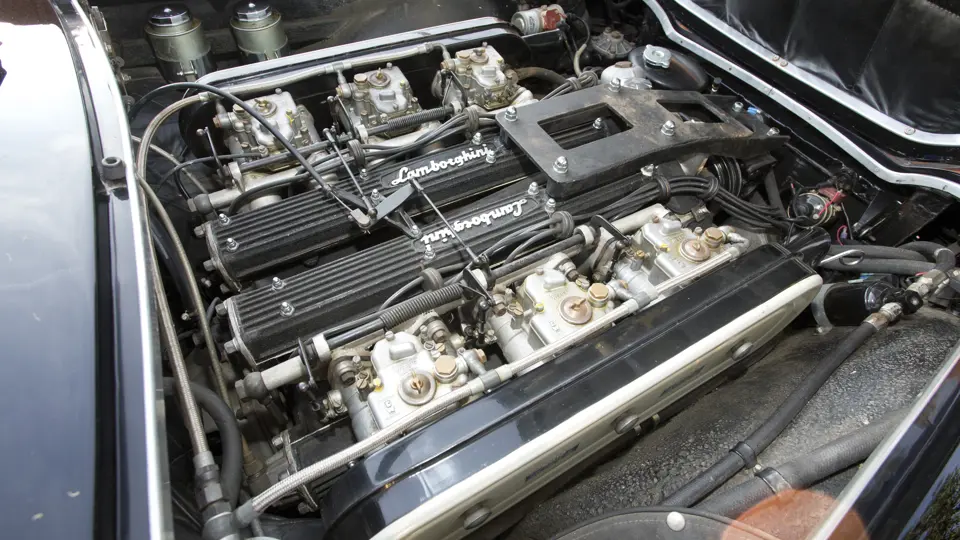


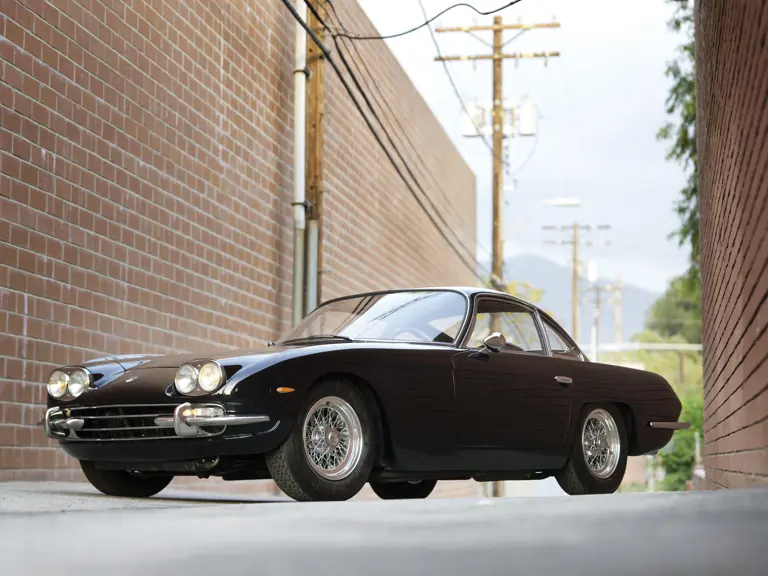
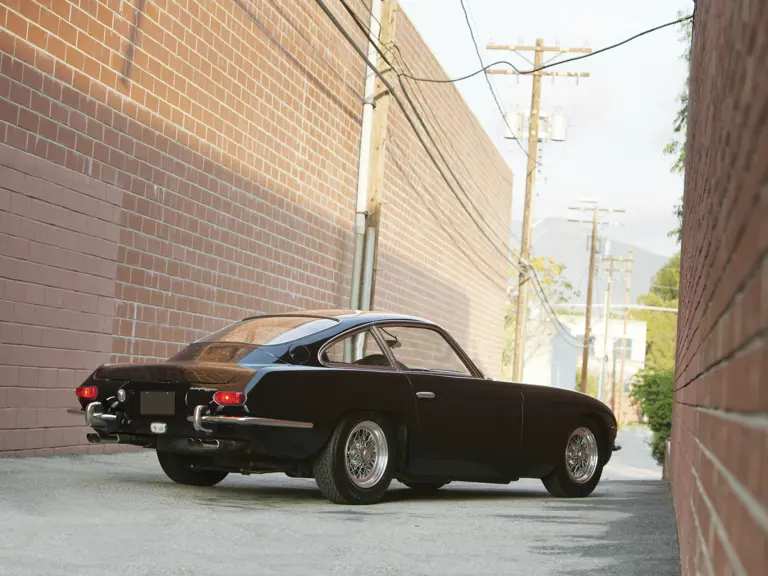
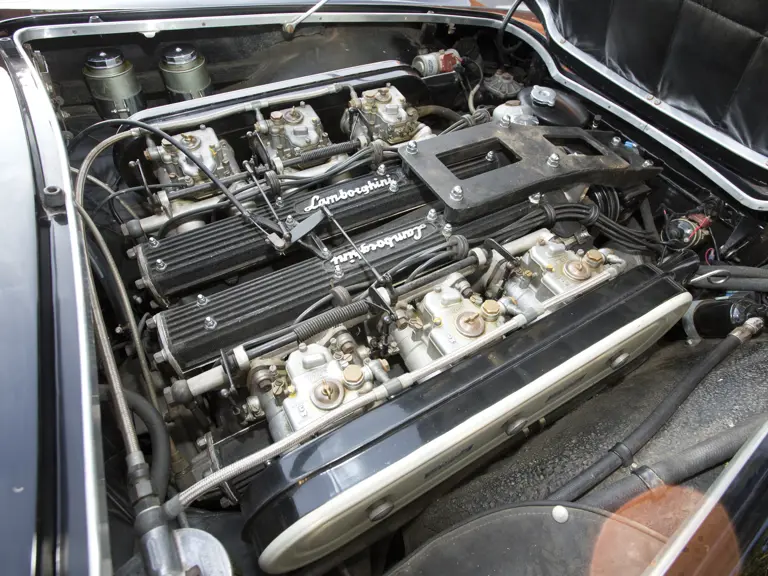
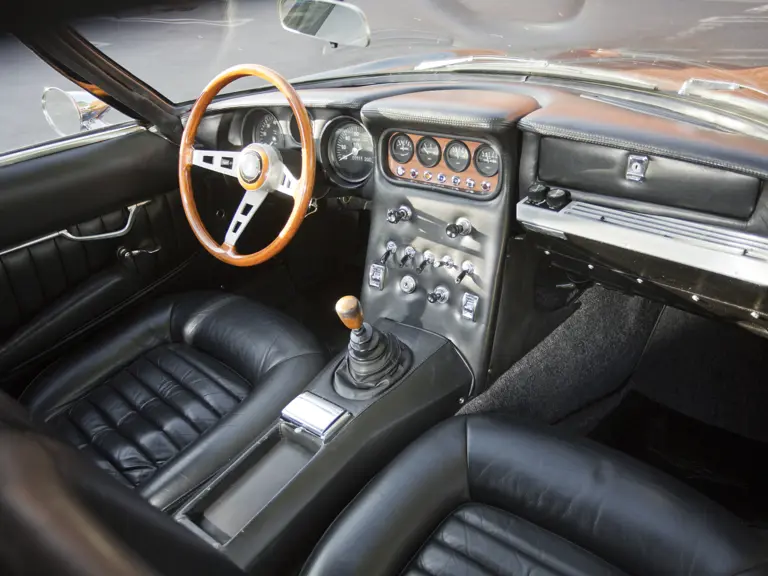
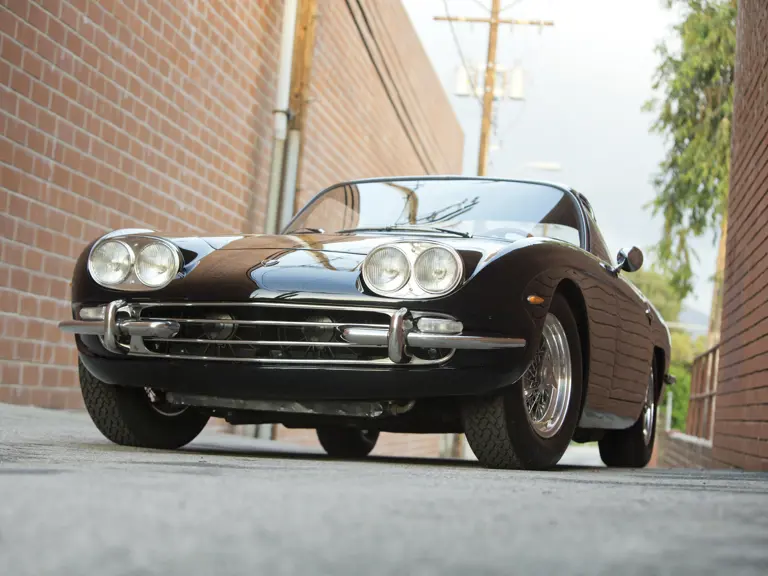
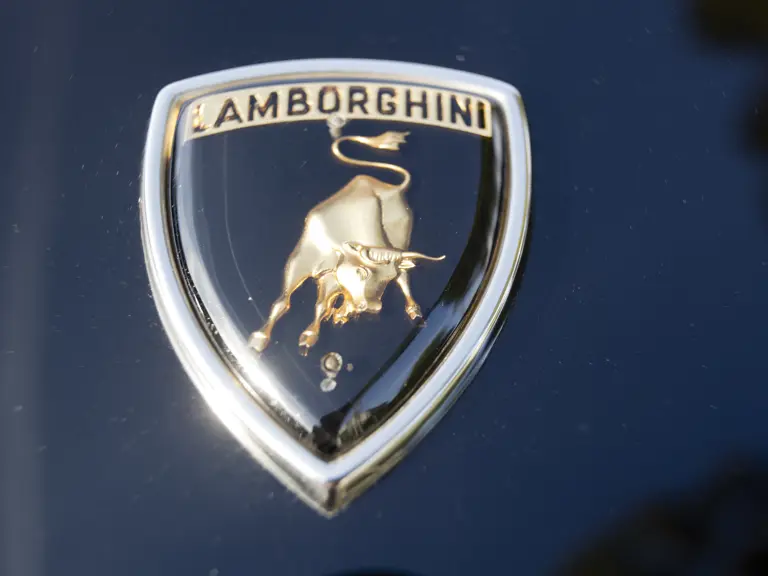
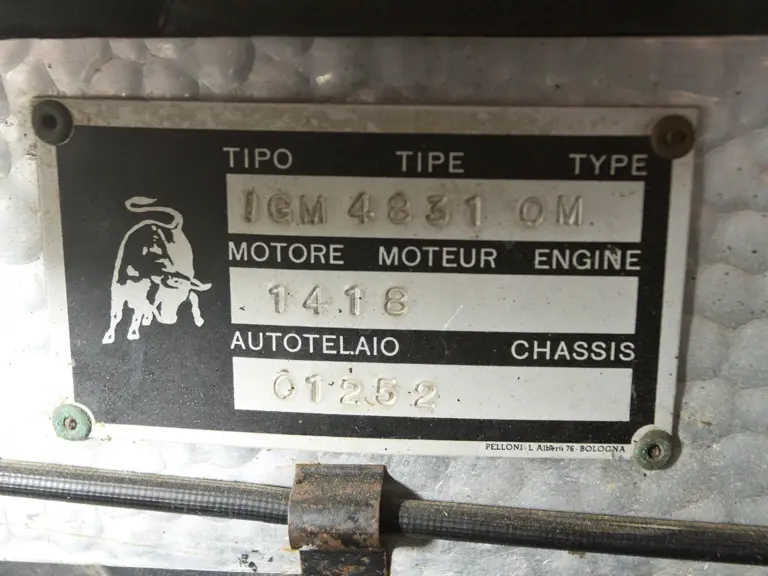


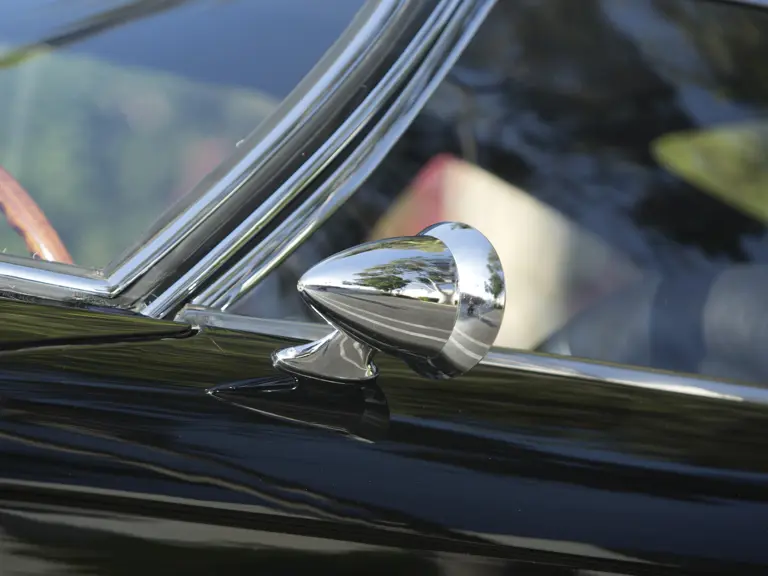
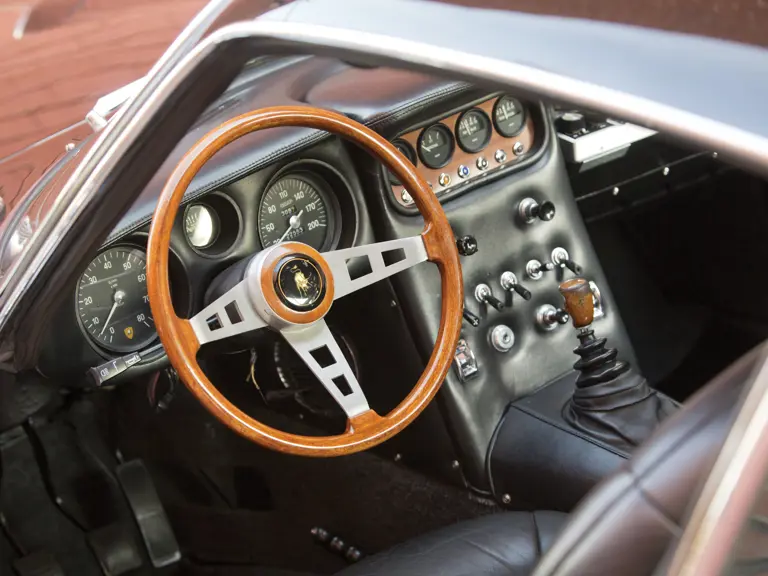
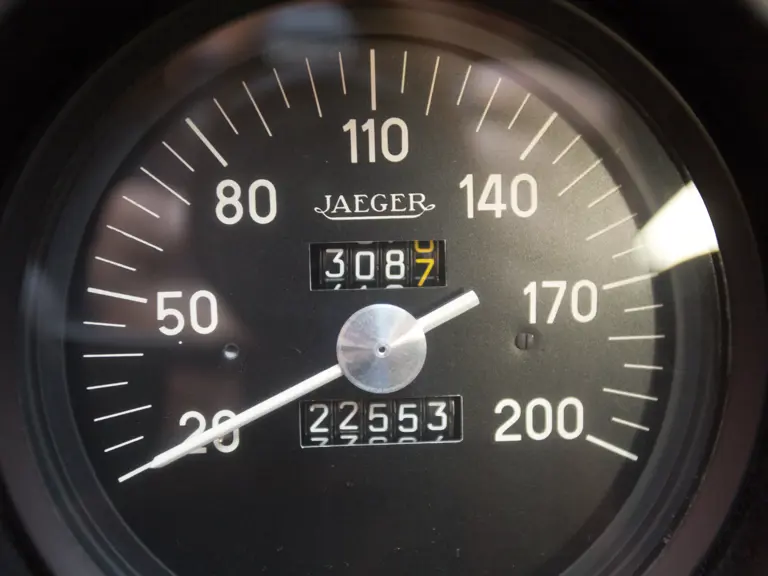
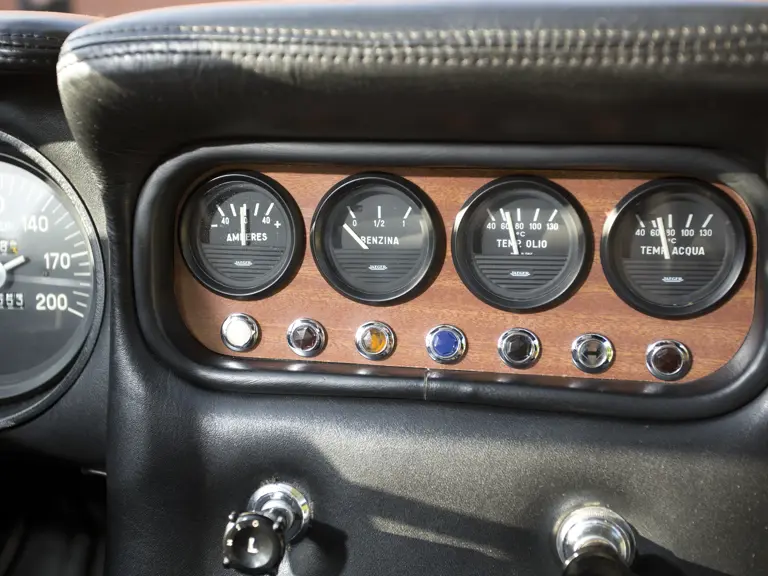
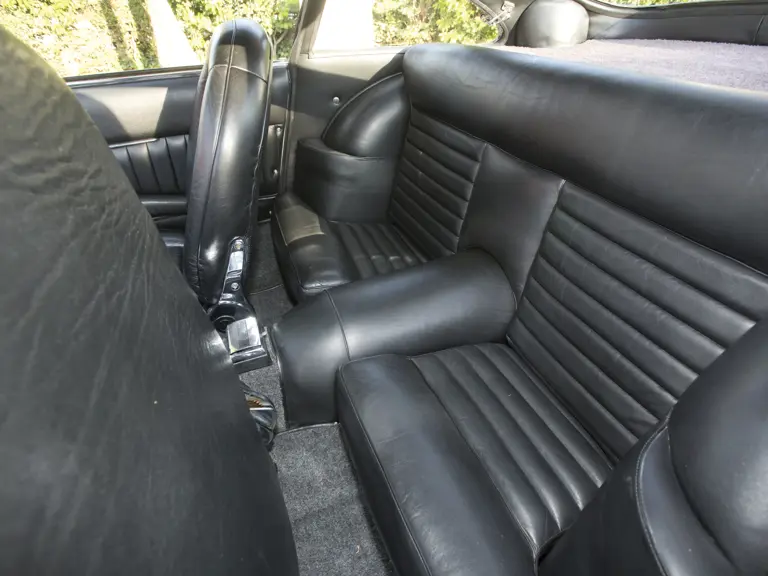
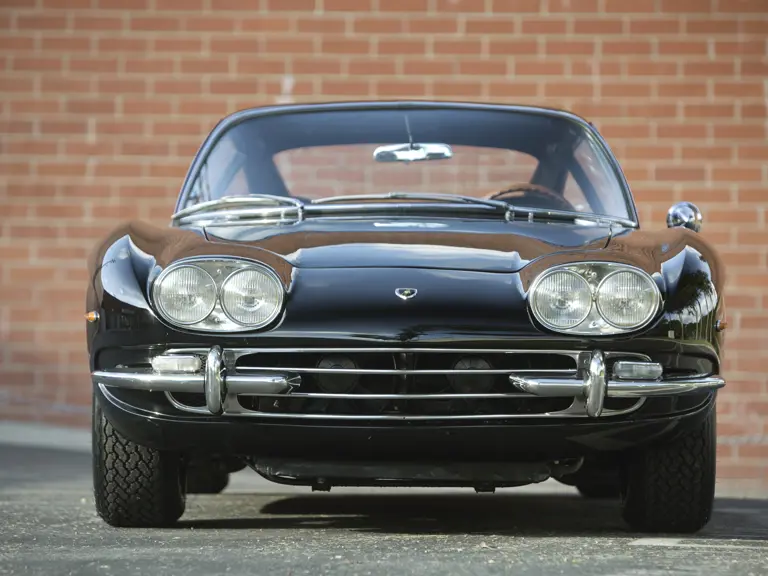
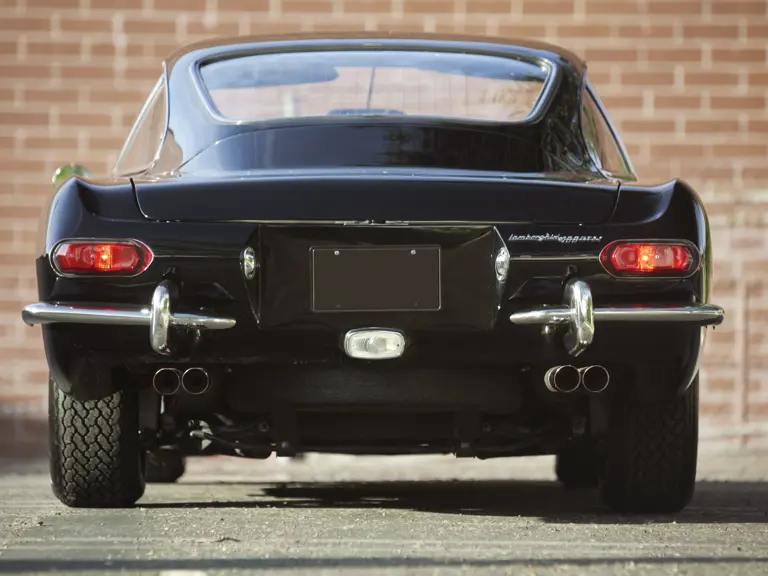
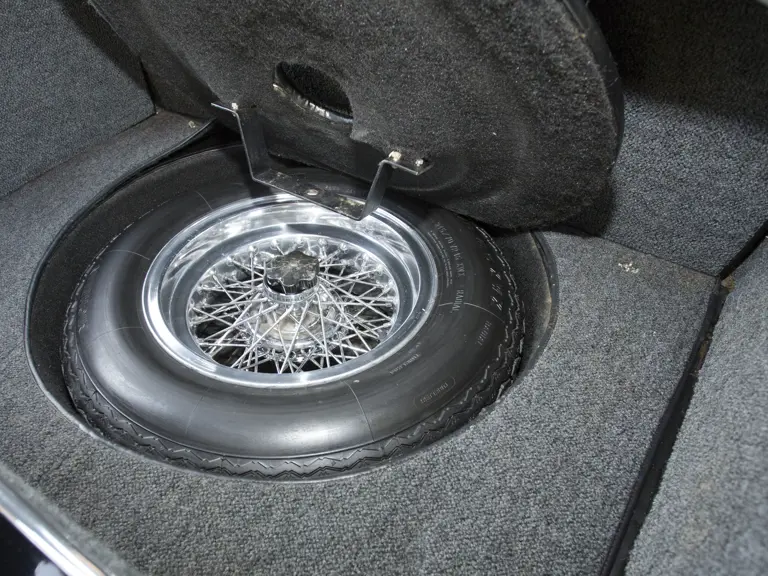
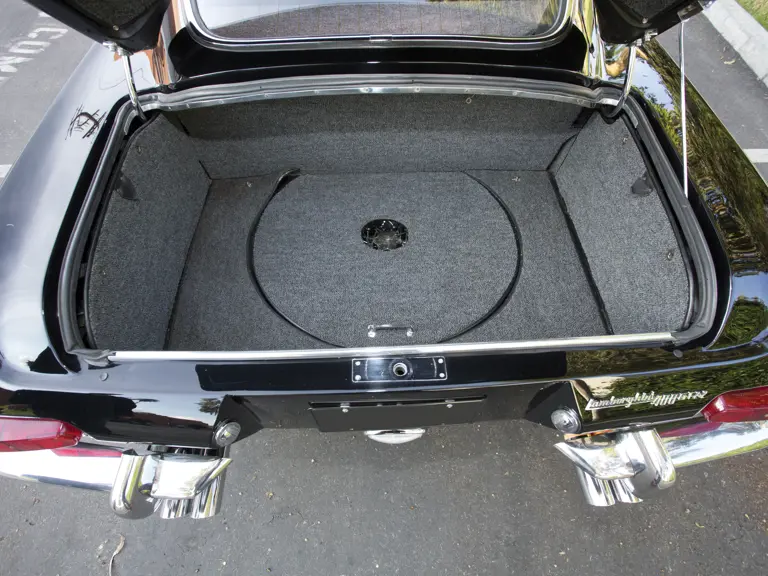
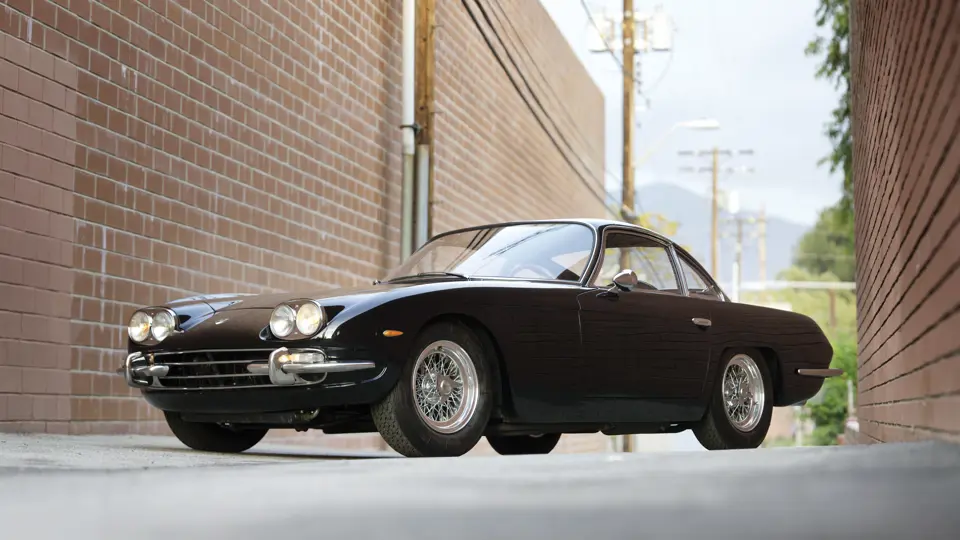
 | Phoenix, Arizona
| Phoenix, Arizona

